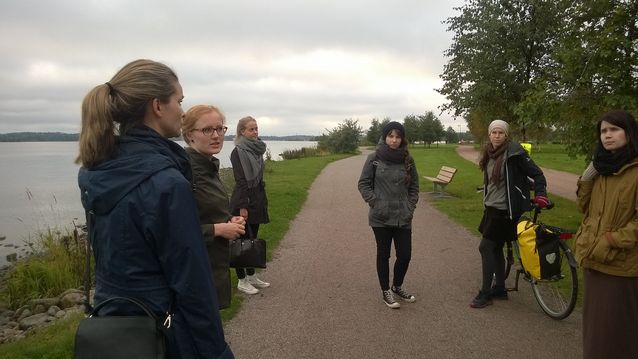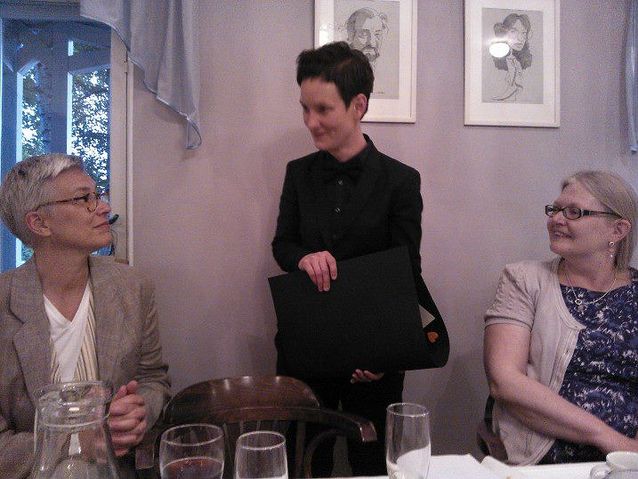Kirsi Saarikangas
Kirsi Anneli Saarikangas
Born March 9, 1960, Helsinki
Master of Arts 1987 and PhD 1993 (art history), University of Helsinki
Professor of art history, University of Helsinki 2010–
Director of the research project Nature in Arts, Culture, and History 2014–18
Director of the doctoral programme for History and Cultural Heritage 2014–
Vice-dean of the Faculty of Arts (teaching) 2010–13
Director of the national doctoral programme for women’s studies 2007–11
Professor of women’s studies (acting) 1994–95 and 2003–09
Director of the Kristiina Institute 2003–09
Academy of Finland senior research fellow 2001-03
Research themes: Gender and space, suburbs and modern architecture, urban nature, and the relationship between residents and the built and natural environment.
Awards and special achievements
Member of the Teachers’ Academy 2015–
State Award for Public Information 2006 (editorial board of Suomen kulttuurihistoria 1–5 (‘Finnish cultural history 1-5’))
Finnish Academy of Science and Letters scholarship for an outstanding doctoral dissertation 1994
Photo: Veikko Somerpuro
Written by Kirsi Saarikangas and Suvi Uotinen
Translated by Matthew Billington


